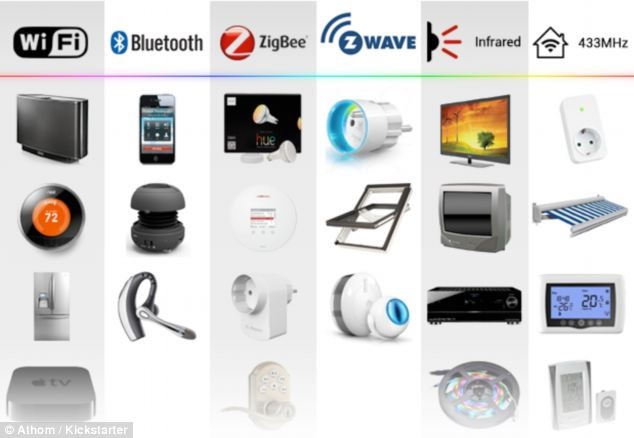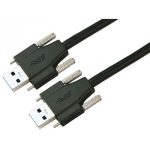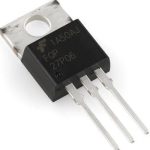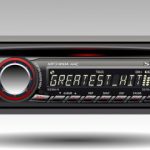
Wireless connectivity
Engineers now have a wide pool of option to choose from when it comes to wireless connectivity. Among these options is WI-FI, Zigbee, Bluetooth, Proprietary RF among others. These wireless technologies can be used in applications such as human interface devices and remote sensors for IoT among others. The availability of a variety of options makes it difficult to pick the wireless technology to use. There are many factors that come into play when picking the technology to use, they include cost, design time, interoperability, security, coexistence, latency, robustness, power consumption and certification requirements. Choosing one over the other means there are relative trade offs one will have to make. We will keenly study the advantages and disadvantages of both proprietary RF and Bluetooth.
The advantages and disadvantages of proprietary RF
Advantages
Proprietary RF is ideal for applications that require security, small footprint, performance and low power consumption.
security
Arguably, security is a critical element in many applications it be garage door openers or IoT devices. In proprietary radios, this is effected in numerous ways. One of the ways proprietary RF ensures security is through “security-through-obscurity” method in the sense that an RF interface that is not well known is hard to hack. Most proprietary interfaces are also point-to-point or operate in a closed system that cannot connect to wider networks and so they stay hidden. More importantly, designers of proprietary interfaces are free to develop their own advanced encryption algorithms or adjust the already established ones.
Robustness
Proprietary RF is robust in the face of interference from Wi-Fi networks, cordless phones to micro ovens. It is not tied to a standard hence designers have the flexibility to utilize the spectrum using techniques like direct-sequence spread spectrum (DSSS) and frequency hopping spread spectrum. They could also adopt their own coding scheme taking into consideration the expected link budget to achieve higher throughput or lower power consumption. This sense of flexibility further applies to the data packet structure. No packet overhead is required to ensure interoperability with standards-based wireless devices hence the packet structure can be streamlined in accordance with the needs of the application.
Power, space, and performance
The hardware is often designed with the understanding that the performance requirements will not change and hence designers of a proprietary RF interfaces can optimize their applications for space and power and performance from the word go. They can achieve this by incorporating only those functions that are required to meet the needs of the application.
Disadvantages of proprietary RF
following disadvantages are associated with proprietary RF include;
- NRE costs
- Design time
- The scarcity of RF expertise
Advantages and disadvantages of Bluetooth
Bluetooth was originally designed to be a point-to-point cable replacement technology mostly for HIDs. It rapidly spread to wireless audio, and then to device-to-device connectivity. All through the revolution, Bluetooth benefited from the tight control by SIG. Besides evolving, Bluetooth has been adopted widely resulting in prolific hardware and software hence lowering the manufacturing cost and ensuring fast time to market for a design requiring a wireless interface.
Advantages
Low power consumption
The introduction of Bluetooth 4.0 (BLE) in 2010 ushered in an era of low energy Bluetooth. The primary goal of Bluetooth 4.0 was lowering the power consumed by this wireless technology that was rapidly gaining adoption. To achieve this, BLE has had to shift from connection-oriented approach of Bluetooth Classic to an unconnected approach where they only connect when needed and, in the process, saving on power consumption
Data speed
Bluetooth 5, the latest version of Bluetooth doubles the transmission as offered by BLE from 1Mbits/s to 2MMbits/s. This higher data rate enables the transfer of more packets of data to be transmitted for a given period of time hence reducing the power consumption of the device.
Range
Bluetooth 5 also extends the range of 128 kbit/s by up to 4 times to approximately 50M. It uses stronger forward error correction (FEC).
Low overhead-to-payload ratio
SIG lowered the overhead to payload ratio hence Bluetooth requires fewer transmissions to send a certain amount of real data. This tremendously reduces the amount of power consumed.
Conclusion
Whether you choose proprietary RF or Bluetooth for your application, there is some trade-off you will have to make. Just evaluate the tradeoffs and pick that which suits your application best.




















